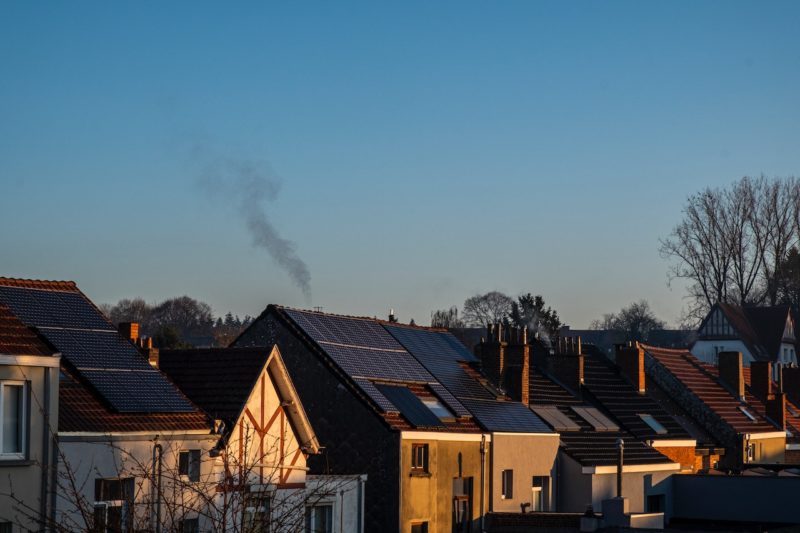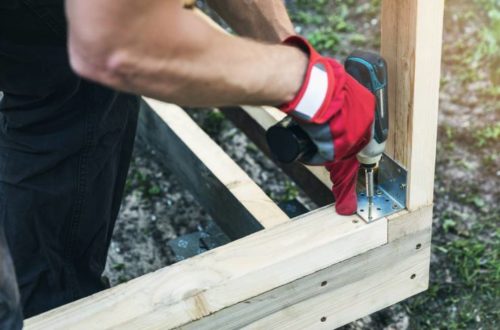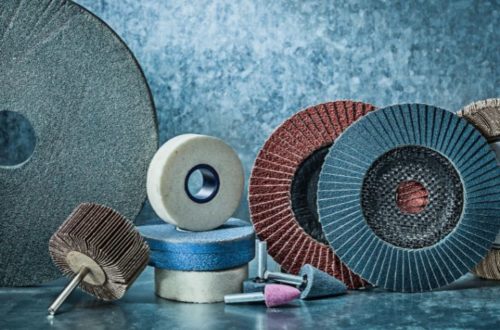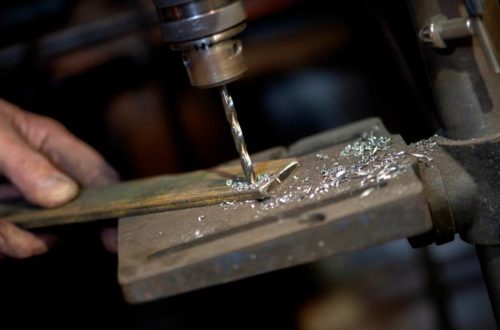Top-Notch Eco-Friendly Roofing Options for Urban Areas

Many people nowadays are trying to adopt a more environment friendly lifestyle. That’s why there has been a growing demand for the recycling business, starting with recycled papers and aluminium cans or foils and more. There have been thermostat improvements or even timers on lights. Most people follow the eco-friendly initiatives under one roof. But how can you add this environment friendly notion towards roof itself? If you are ever trying to build a house or replacing your old roof, there are some greener options for you to consider.
Try a Cool Roof
This kind of roof is gaining quite some popularity among not just the masses only but among roofers as well. The materials are comprised of a mixture of white gravel and white glue for reflecting the sun’s harmful UV rays. Therefore, it reduces the amount of heat which otherwise invades your house. Less heat means you don’t have to use the AC much, which further helps in cutting down on the need for electricity.
Metallic Roof with Standing Seam
As understood primarily from the name, this roof is a long lasting option and 100% recyclable. So, these metallic roofs are not just proven to be advantageous to the green homeowners but can be a rather good investment for anyone willing to invest in good roof with long lasting durability.
- To help the environment, you can easily select metal roofs built from recycled materials and mostly of light colors.
- Once procured, the metal roofs can easily last for around 50 years if not more. Furthermore, the roof seems to be fire-resistant in nature.
- If you are planning to harvest some rainwater best for your gardening, this kind of roof is the one to choose.
- Even during snowy weather, these roofs are best as these help to slide the snow off. Therefore, it inhibits the formation of some ice dams.
The Tile Option
For those people who believe in roofing to be a one-time investment plan, tiles are a much sought out option. Tile roofs have the durability to last for 100 years, if not more. It is a highly favorable option in warm climates. The key feature of tile roofing as eco-friendly option lies within its composition, ability to get recycled when needed and its shape.
Tiles come with a curved shape, which helps with ventilation. These roofing tiles are available in various colors. Light colors can reflect heat away from the house. Another bonus to this point is that they are heavy, making them a superior form of thermal mass, which will keep the cooler air inside on a very hot day.
Single-ply Thermoset
In layman’s term, single-ply thermoset consists of a roofing membrane procured from natural gas and oil, which gets cured and then bonded to roofing materials.
- These roofs are known to be well-sealed in nature and helps in insulating buildings they are covering.
- These products are constructed in factory as opposed to other options, which are constructed and then sealed on site.
- Studies have indicated that thermoset membranes are good at withstanding some of the damaging effects of sunlight. Most of the time, these membranes are black but if asked, manufacturers can make them in white too. White is perfect for creating a cool roof.
Single-ply Thermoplastic
Thermoplastic membranes consist of a different form of chemical composition from the thermoset. It means these roofing materials don’t have to be bound to the same material type. They are mostly welded shut and comprised of fire retardants and some materials for absorbing UV light.
- As per roofing materials, this form of roofing is a clear choice for businesses and restaurants, which push oils out from ventilation system as these membranes have a higher resistance to animal fats, oil and bacterial growth.
- You can install the membranes over some older forms of roofs. It means you don’t have to tear down the entire roof to add a new one.
- These plastic rolls are mostly available in cool color grays or in white variations. They have a slick surface, which improves the ability of roof to reflect light.
Corrugated Roofing
This is another example of eco-friendly roofing. This kind of roof is perfect for creating an economical and strong green home design. Such roofing techniques are advanced and such a roof comes in a wavy metallic sheet or translucent plastic form.
- Nowadays, this kind of roofing is available in multiple styles and colors. The versatility helps manufacturers to come up with multiple designs.
- The roof has a neat appearance and it is quite light. Moreover, it wouldn’t take much time to repair or fix such a roof.
- The corrugated roofing is known to be durable, making it a rather excellent green building choice for the homeowners.
Slate Tile Option
One of the sturdiest materials of all time has to be slate. The tenure of a slate roof seems to be measured in centuries rather than years. There are some companies, which are offering 100 years of warranty service on some slate roofs. If you ever come across any firm re-purposing salvaged slate tiles, then your roof might prove to be quite eco-friendly.
Shingle Roofing with Recycled Materials
A majority of the shingles sold today are made out of recycled content like wooden fiber, plastic and rubber. Such a roof helps to mimic recycled cedar and slate shakes.
- When compared with other eco-friendly options, this kind of roof is widely popular among roofers. Such shingles are rather affordable and perfect alternative to those who cannot afford any kind of expensive slate roofs.
- The items are quite durable with a lifespan of more than 50 years with green benefits. The roofs look nice and it becomes hard to think that such roofs were made from waste items.
- While using this roof, there will be waste reduction and no need to process any new raw materials. So, you would use less energy, which can result in less pollution.
Rubber Roofing Helps Too
Reinforced rubber shingles are manufactured from old steel belted tires, which is a good roofing material. It is vitally coated with some ground slate for enhancing texture. The roof is available in multiple colors. Rubber roofs are storm resistant and can prevent roofing damage from harsh weather condition. Once installed, these roofs are designed to last for around 50 years.
Roof Pavers
Pavers are mainly designed tiles for a roof. These pavers are thick and over 2 inches or 5 centimeters. They block at least 78% of the ultraviolet light. These pavers have all the great features of the roofing tiles to boot.
A roof comprised of pavers is as heavy as a stone roof and can easily weight more than 23 pounds per square foot. But for buildings which are designed to carry such a load, the heavy roof offers great insulating benefits. If your house can’t carry such weight, you can always install pavers on some of the smaller areas like balconies.
Adding Solar Cells in the Roofing Materials
This kind of service is mostly stated as building integrated forms of photovoltaic technology. This service comprises of embedding small solar cells into traditional form of roofing materials like metal and shingles. Yes, this kind of technology is a bit expensive, but it does offset the energy cost of a home by just augmenting power usage with the help of solar electricity.
Adding Wind Turbines in Roofing Elements
If you think that wind turbines mean adding shingles with windmills on, then you are wrong. These are mostly panels with some miniature wind turbines, which are well embedded within them to harness wind, which otherwise blows over the roof of your home. Even though it might not serve as a primary power source of the structure, there are some times when windy days can offer electricity for your home.
Green Roofing Available
In urban areas, planting a green roof offers multiple benefits. It helps in moderating heat effect and cleanses the air. In addition to that, green home design helps in reducing the amount of rainwater runoff, which helps in offering additional insulation and cooling the home. Moreover, the natural beauty supplements help in improving the appearance of a house.
Nowadays, you have the right to actually plant a lawn or garden on your roof. It is presently stated as horticultural roofs and comprise of few inches of the sealed material, where you can add two feet of soil on. It is quite enough for supporting habitat of shrubs, flowers, mosses and even crops or trees. These roofs are of quite high maintenance though.
Conclusion
In conclusion, the roofing industry’s adoption of eco-friendly alternatives is paving the way for a greener and more sustainable future. By choosing environmentally conscious roofing options, we can make a positive impact on the environment and contribute to a healthier planet.
Would you like to receive similar articles by email?





